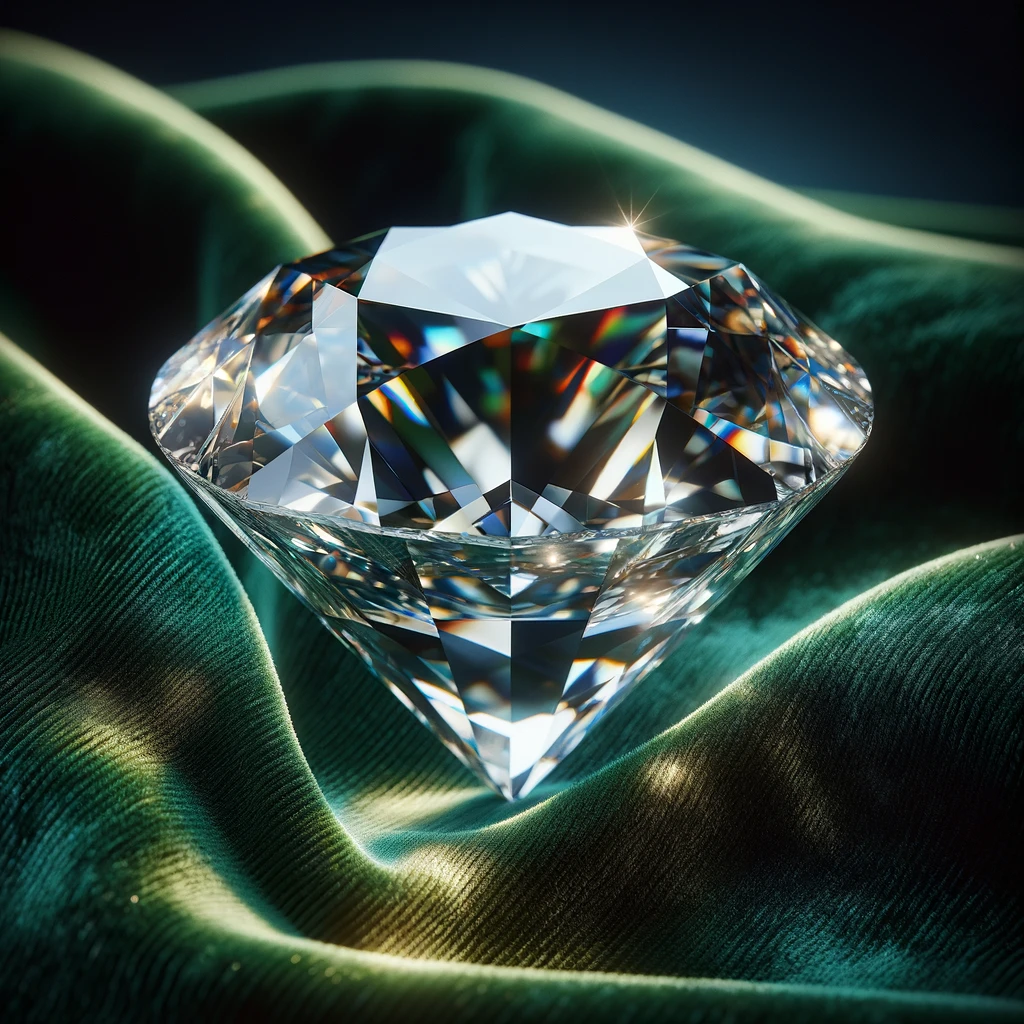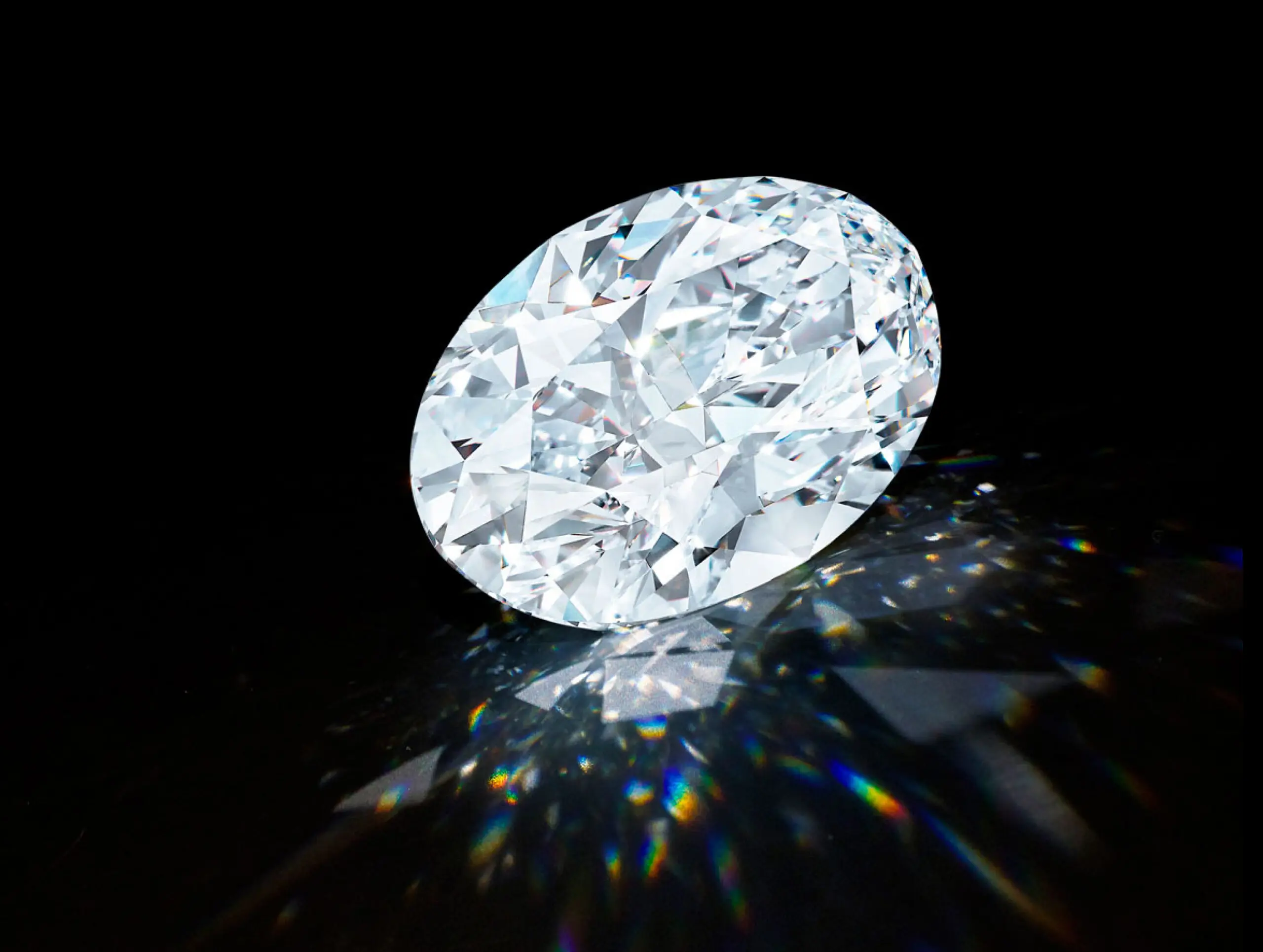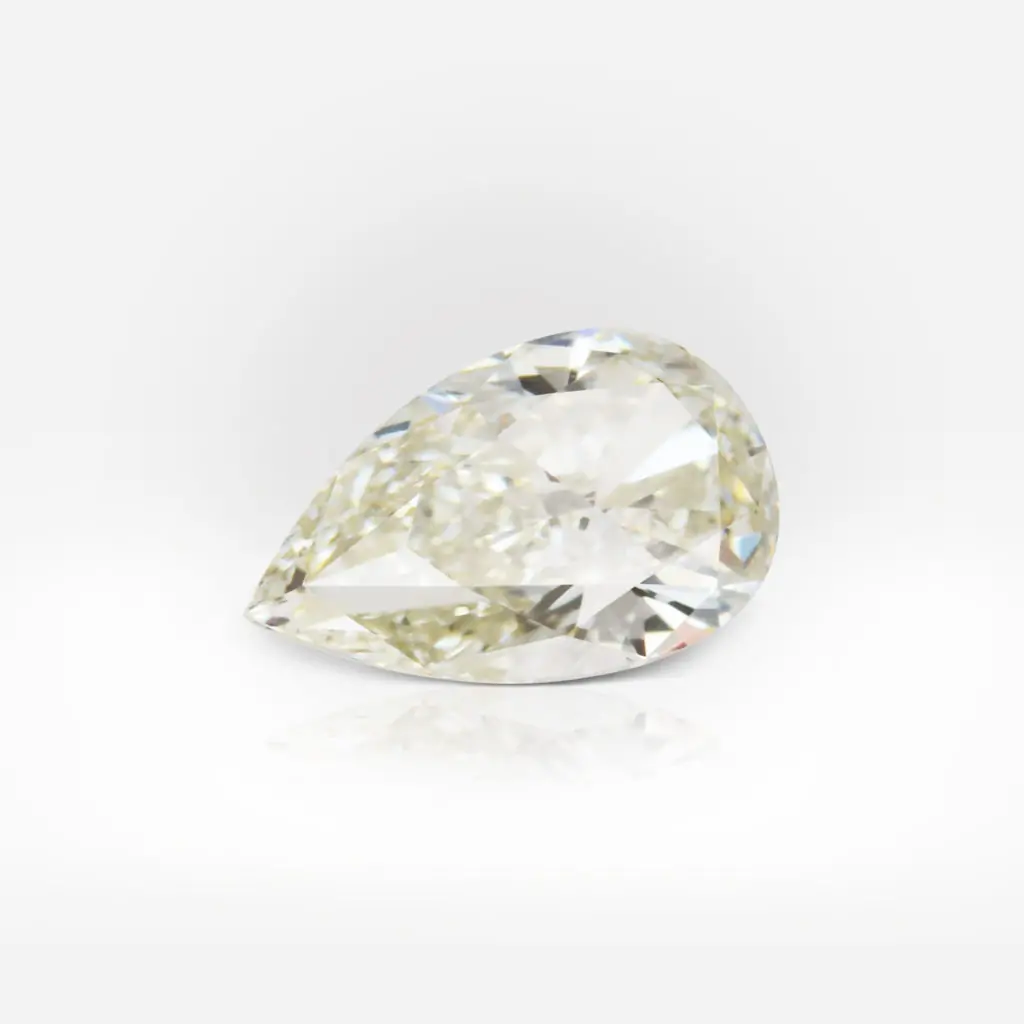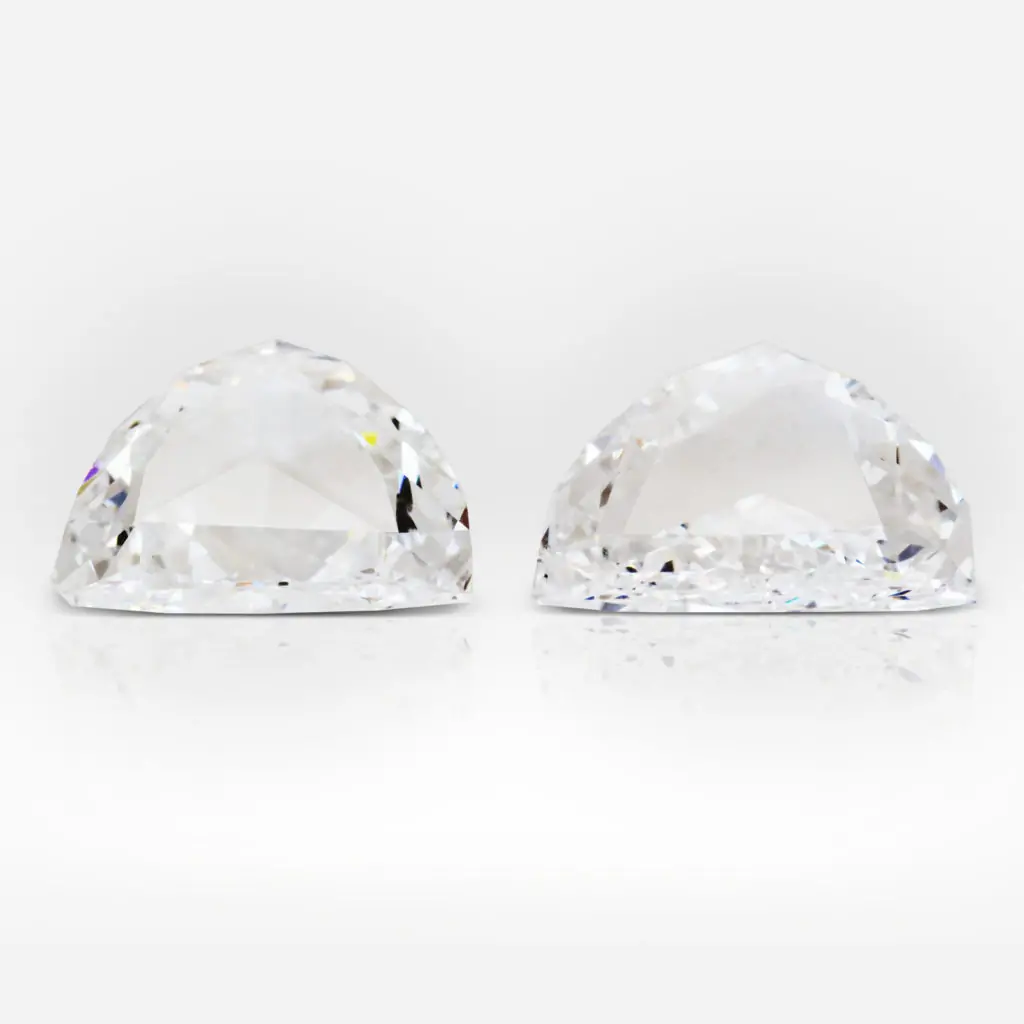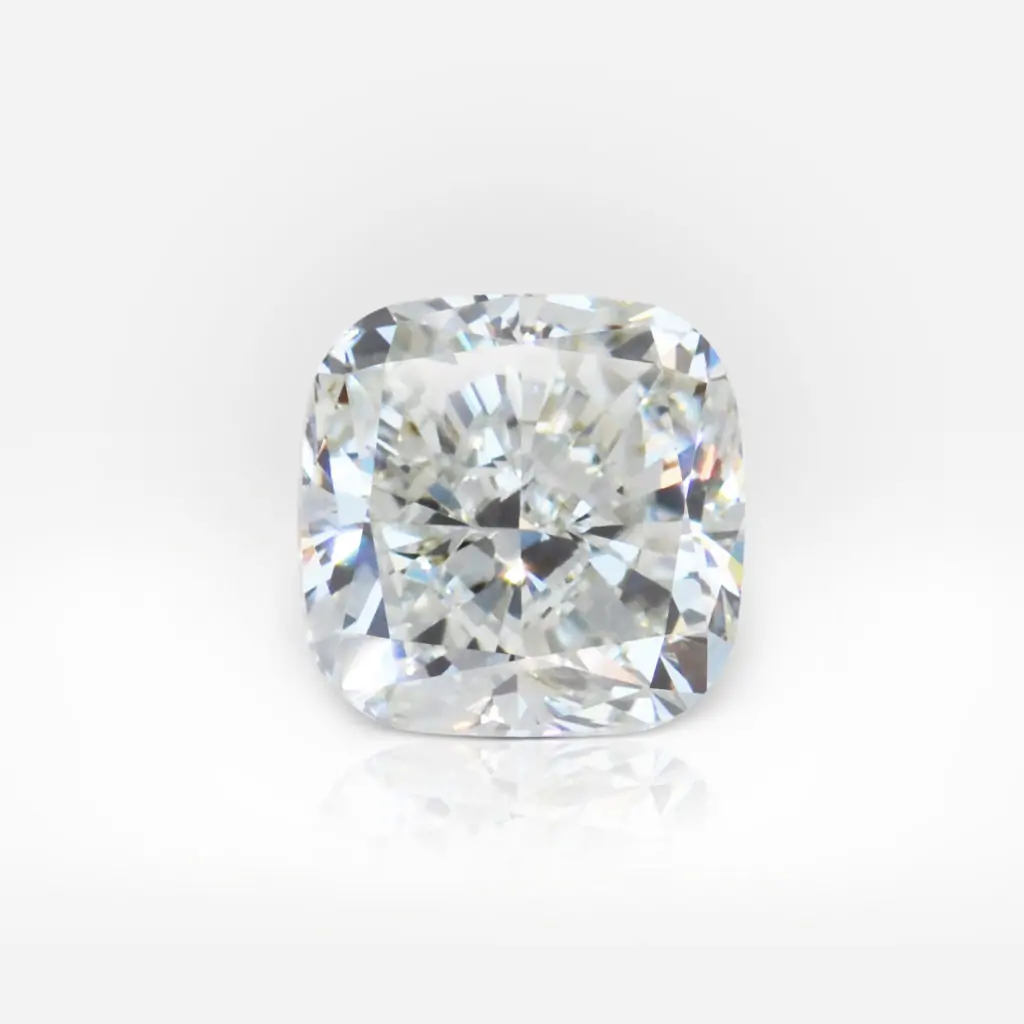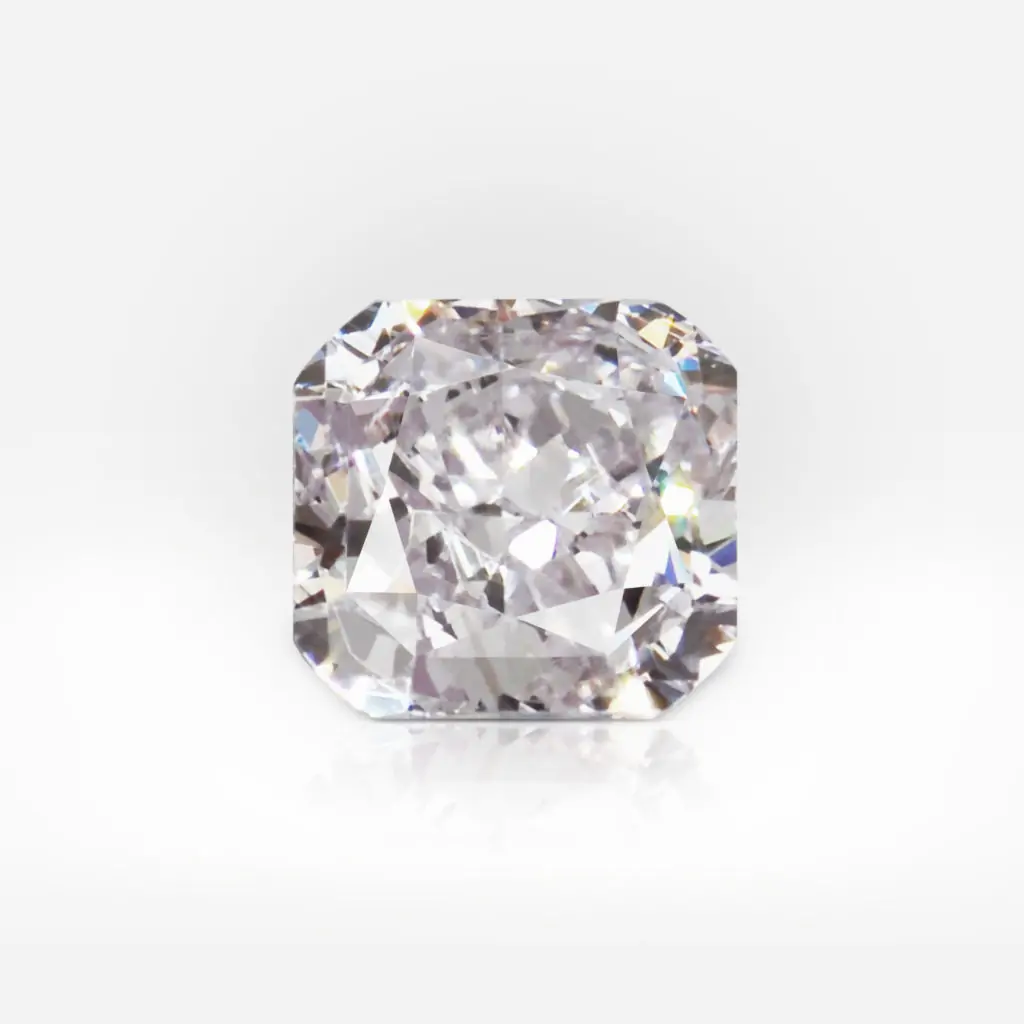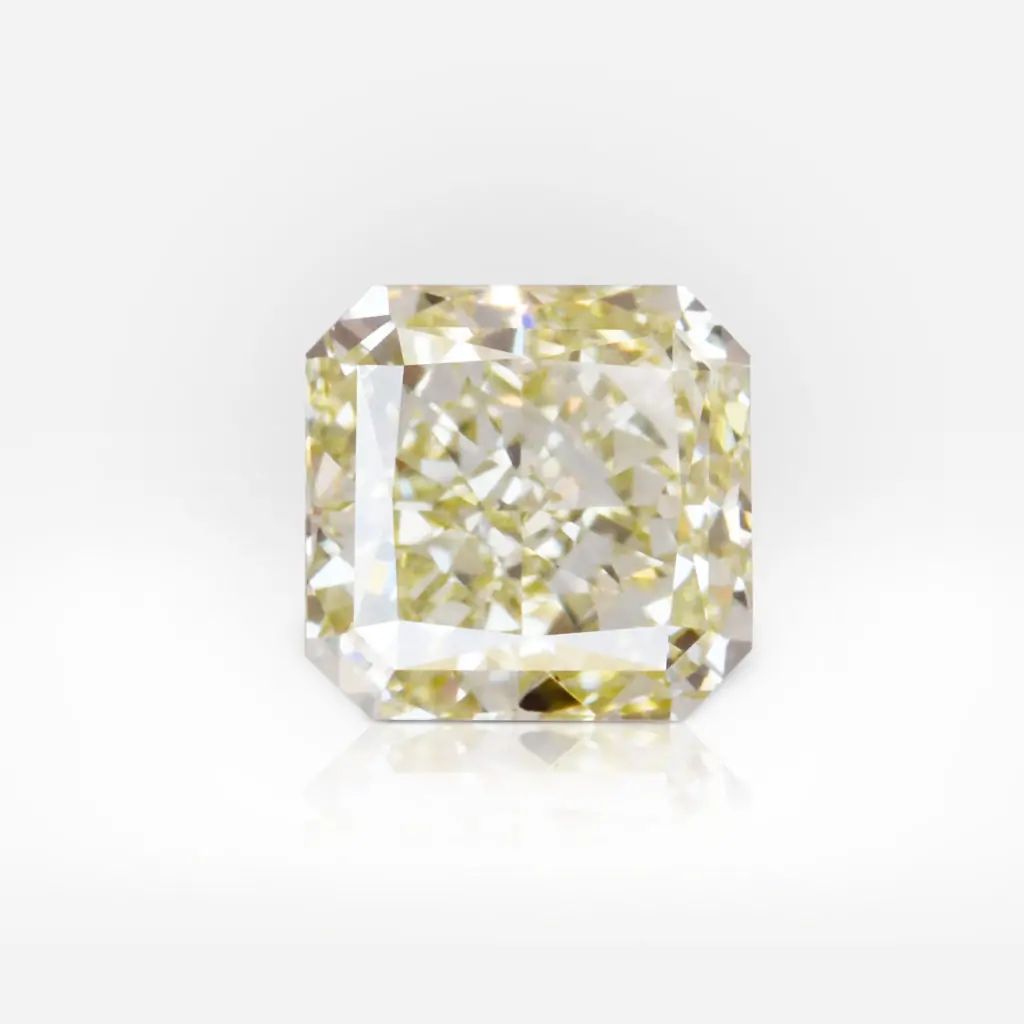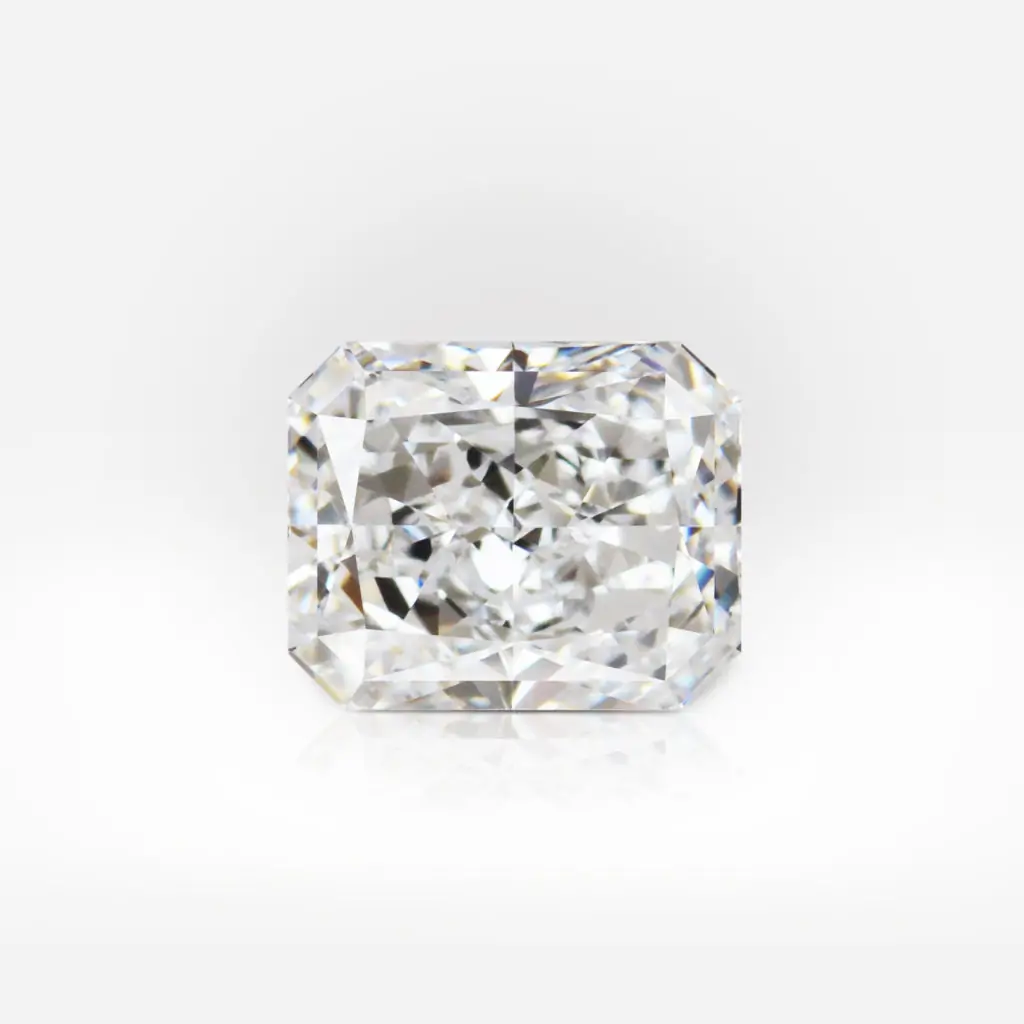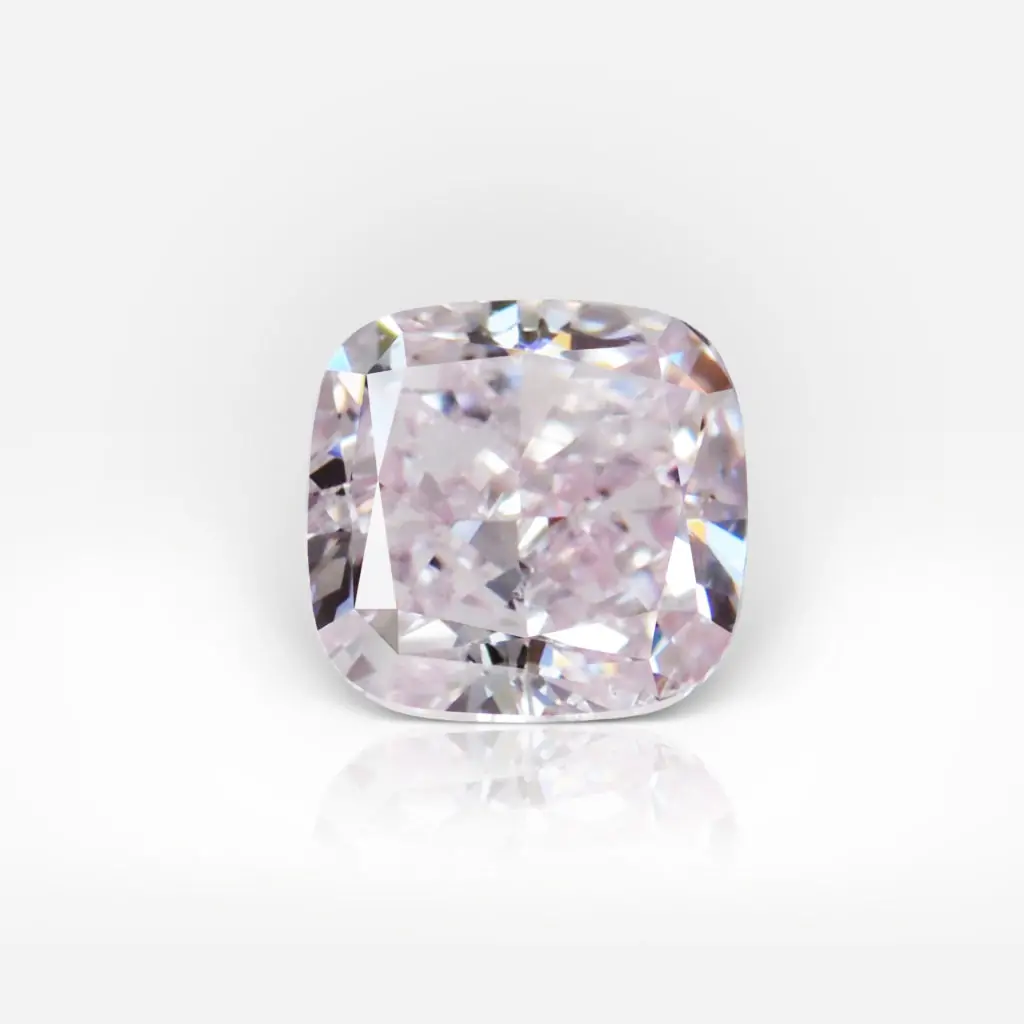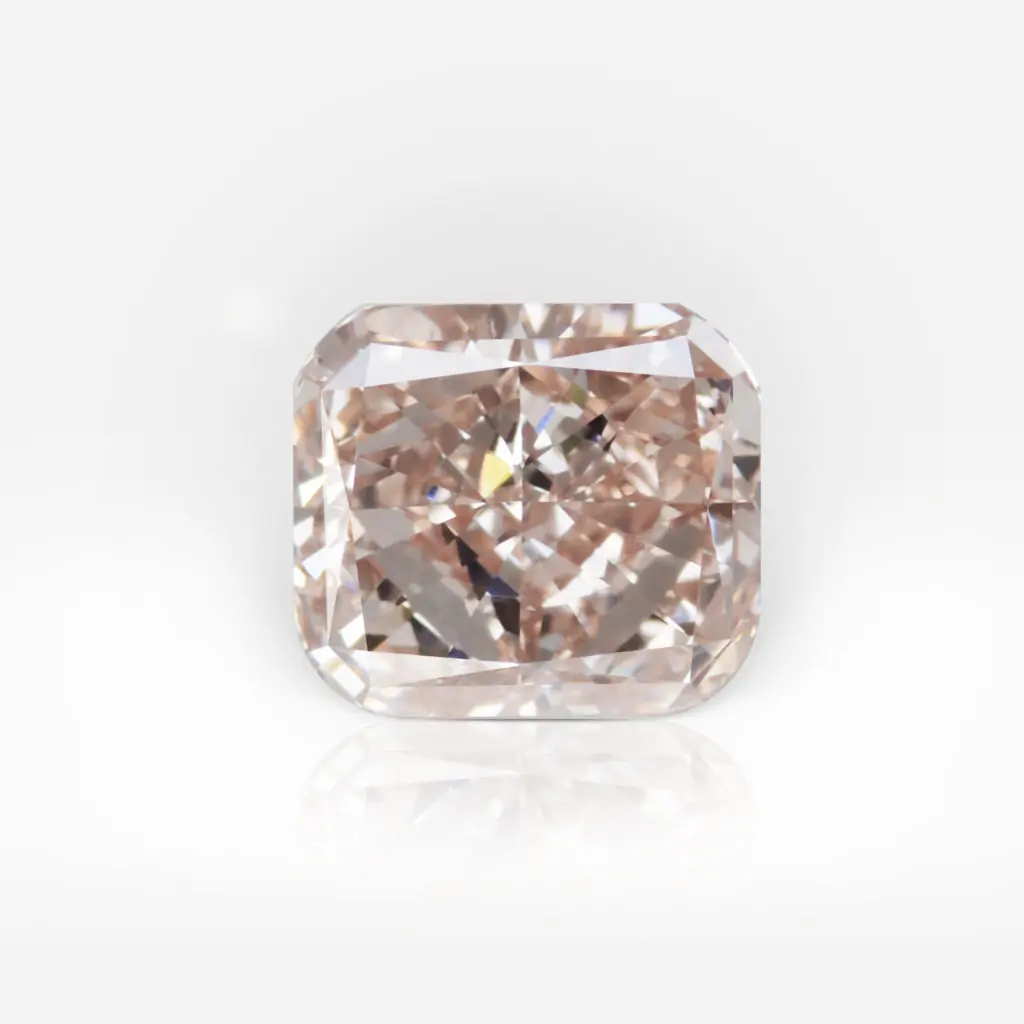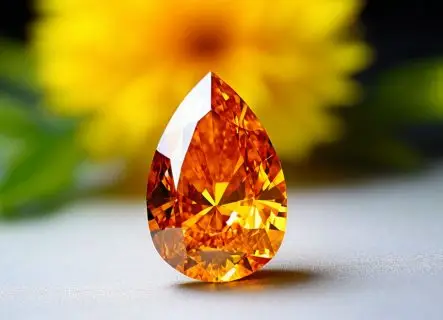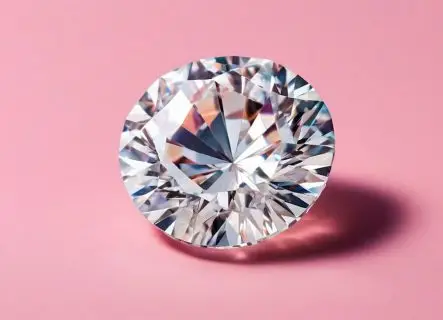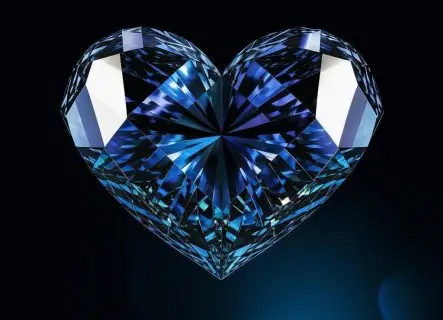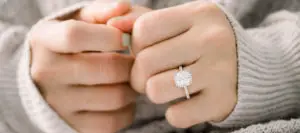
People have been captivated by diamonds for ages. These glittering stones nevertheless hold their place in the modern world with its gadgets and novel concepts.
They are still wanted, still hunted, and yet the subject of dreams.We’ll teach you how to get the diamond of your dreams instead of wasting money in this post. We will discuss the significance of clarity in diamonds, with a particular emphasis on the SI1 clarity grade, and discuss whether or not it is worthwhile to place a wager.
Diamond Clarity Scale
It is worthwhile to become familiar with the fundamentals of how these beautiful stones are categorized when looking for a diamond. This can help you avoid needless charges and save a great deal of time when making your decision.
The 4Cs are undoubtedly the most well-known idea in the diamond industry. The key factors that affect a diamond’s price and worth are concealed by the four Cs. One of these primary considerations is clarity.
The presence and quantity of inclusions, flaws, and blemishes in the diamond are expressed through clarity. The GIA developed a Diamond Clarity Scale to provide a more exact description of clarity.

The highest clarity grades on the diamond clarity scale are Flawless (FL) and Internally Flawless (IF) stones. Due to their great uniqueness, extreme rarity, and cosmic cost, these stones are incredibly pricey.
Then, with VVS1 and VVS2 degrees, comes the VVS (Very, Very Slightly Included) clarity level. VVS diamonds are nearly imperceptible to the unaided eye due to their minuscule flaws.
VS, or Very Slightly Included, with VS1 and VS2 degrees, is the following stage. This indicates that even though these diamonds have very few imperfections visible at 10x magnification, they are still minor.
Next is the SI (Slightly Included) group, which includes both SI1 and SI2 degrees. Here, ten times magnification makes inclusions visible.
The I (Included) category, which has I1, I2, and I3 degrees, is the last one. Under a 10x magnification, these diamonds’ inclusions are visible, which may significantly reduce their transparency and brightness.
What is a SI1 clarity diamond?
SI1 stands for “Slightly Included,” the SI diamond clarity grade. This indicates that with a 10x magnification, any inclusions, flaws, or faults are fairly visible.
These diamonds do not always indicate low quality, even though their clarity is on the lower end of the Grading Scale. Since many SI diamonds seem flawless to the unaided eye, they make excellent additions to any jewelry piece.
Nevertheless, before making a purchase, you should examine a diamond thoroughly. Even while a large number of SI1 grade stones are eye-clean, some may have obvious inclusions. These inclusions will resemble crystals, clouds, or feathers.
SI vs VS clarity
Very Slightly Included (VS) is the opposite of Slightly Included (SI). There are two degrees to each of these clarity grades: VS1 and VS2, or SI1 and SI2.
These grades for clarity are fairly comparable. Most typically, consumers compare these kinds of stones when selecting a diamond. The truth is that superior clarity grade diamonds fetch significantly higher prices.
Small imperfections that are hardly visible to the unaided eye are what separate SI and VS diamonds from one another. Only a specialist equipped with specialized tools can detect significant variations between them. On the other hand, VS diamonds are less flawed than SI ones.
When selecting one of these stones, carefully examine it in good lighting and from all angles. You’ll be able to choose more wisely and accurately in this method.
Several guidelines exist regarding the comparison of SI and VS diamonds based on their shapes.
Round and princess cut diamonds: an eye-clean diamond with a clarity grade of SI1 or VS2 is usually included. Selecting VS grade is preferable for large diamonds since inclusions are more visible in larger stones.
Select a SI diamond clarity grade because diamonds with shapes like oval, cushion, radiant, marquise, and pear best conceal imperfections.
Heart cut: while it does not conceal imperfections as effectively as shapes like Cushion or Oval cut, it does so better than Round cuts. Select any of these clarity levels as a result.
Asscher, Emerald, and Baguette cuts: step-cut diamonds are more likely to display flaws. Thus, exercise caution and select a diamond with VS clarity.
Conclusion. Should you buy a SI1 diamond?
Making ensuring a stone is eye-clean is the most important thing to keep in mind while selecting a diamond. It indicates that, from a typical viewing distance, its imperfections and inclusions should not be visible to the unaided eye.
Even though SI stands for “Slightly Included,” SI1 diamonds don’t always have obvious flaws. That indicates that SI1 diamonds are an excellent option unless you are a gemologist with high-end magnification equipment.
Additionally, SI1 clarity inclusions nearly usually remain eye-clean in the majority of diamond shapes.
Subscribe to discover the world of diamonds and gems. If you have any questions, please let us know.


